See a 94-Year-Old Sphinx Emerge From Californian Sand Dunes
A true relic of another age, when extravagant, overwrought blockbusters ruled the cineplex. Oh, wait.
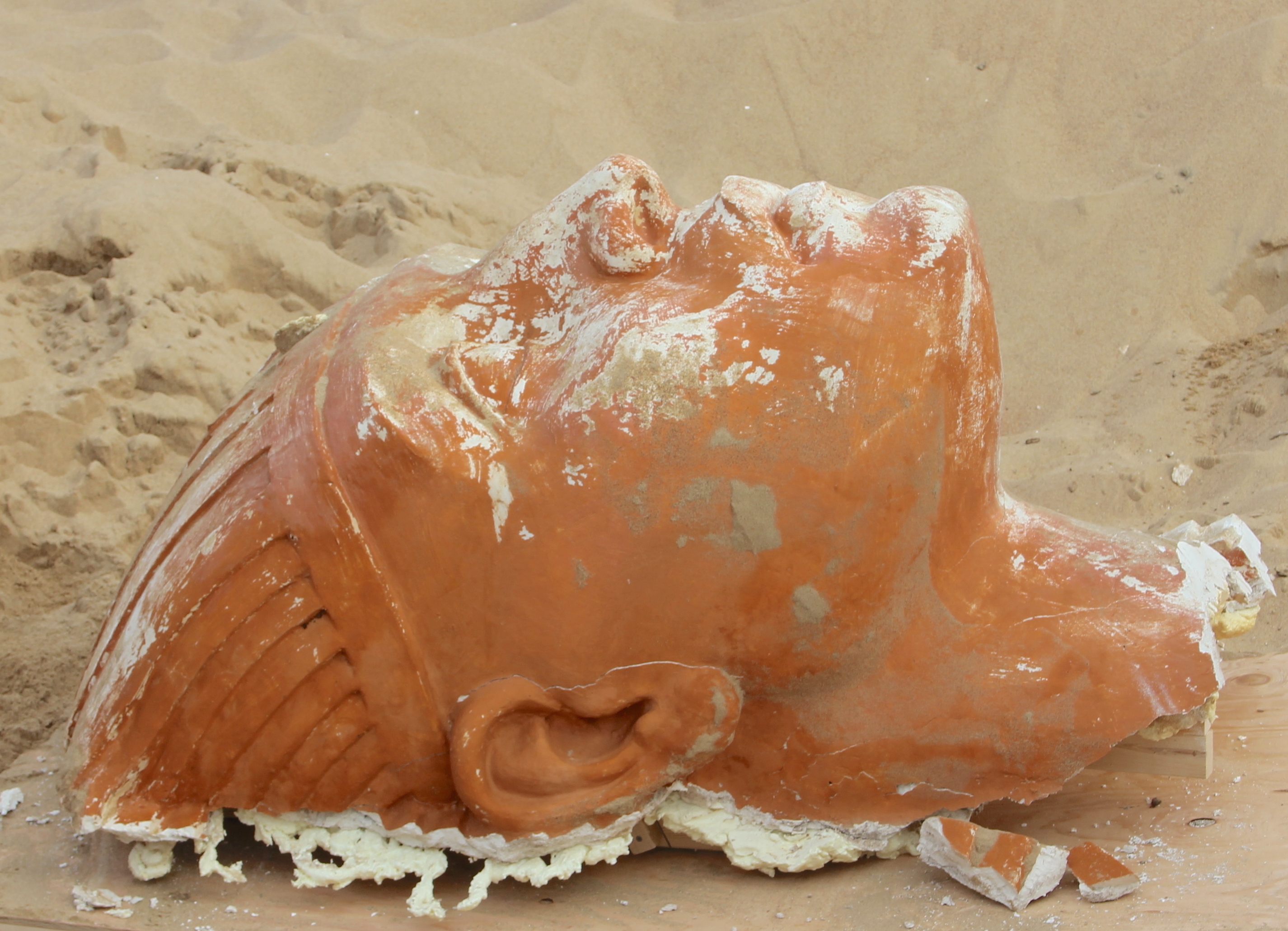
Beneath the furrows of the Guadalupe-Nipomo Dunes on the California coast, a 300-pound sphinx waited for generations, its unblinking eyes gazing inscrutably into the sand. But this perfectly preserved treasure, uncovered earlier this month by archaeologists, is no lost wonder from an ancient civilization. It comes instead from the 1923 film set of legendary director Cecil B. DeMille’s The Ten Commandments, a silent, black-and-white opus that sprawled across a backside-numbing three hours. The film, based on a contest-sourced public submission, was one of the most expensive ever made at that time, held Paramount revenue records for a quarter-century, and even spurred a spike in Bible sales.

Much of the million-dollar budget, around $31 million in today’s money, was spent on the construction of a lavish, extravagant Egyptian set. In the Californian sand dunes, colossal temple gates rose more than 120 feet from the sand like a mirage, flanked by 21 sphinxes and epic statues of Ramesses II. Then, like the legendary Library of Alexandria, it was destroyed. Except it wasn’t.
A clue to its fate appears in DeMille’s 1959 autobiography: “If 1,000 years from now, archaeologists happen to dig beneath the sands of Guadalupe,” he wrote, “I hope they will not rush into print with the amazing news that Egyptian civilization, far from being confined to the Valley of the Nile, extended all the way to the Pacific Ocean of North America.” Too expensive to move and too valuable to allow to be poached by cinematic rivals, the 800-foot-wide set was buried. So far, only a fraction has been recovered.
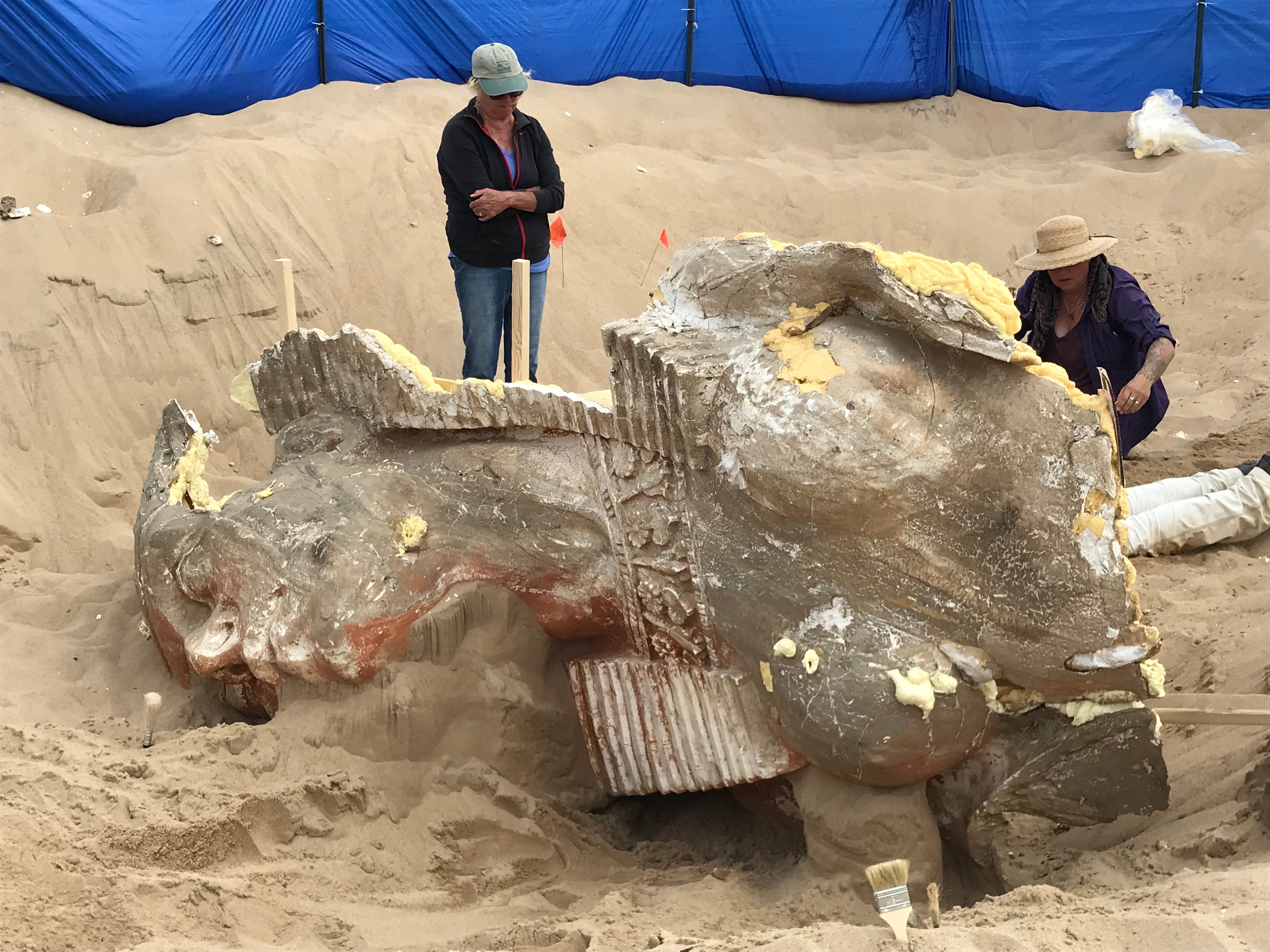
This latest discovery is unlike anything found on previous digs, Doug Jenzen, executive director of the Dunes Center, said in a statement. The sand had preserved the sphinx’s bright colors: “We’re still learning unexpected facets to film historical movie production such as the fact that objects in black and white films were actually painted extremely intense colors.” Previous excavations have produced other relics from the production, ranging from the detritus of set life, such as Prohibition-era bottles and tobacco tins, to another of the sphinxes, broken into pieces, that was excavated in 2014. Archaeologists from Allied Earthworks even used the original film to guide their work.
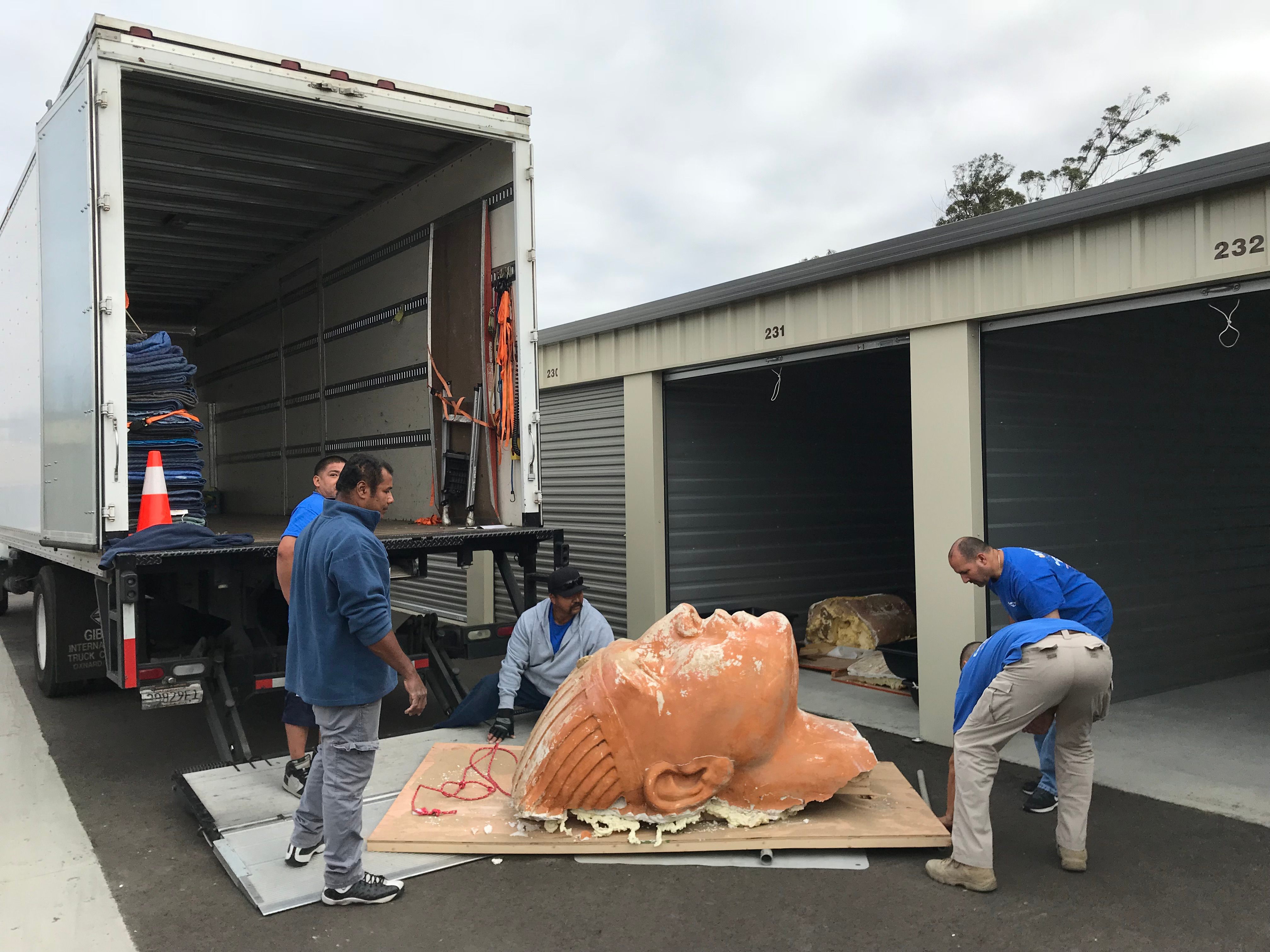
These incredible objects are mostly made of plaster of paris, preserved by the natural drainage of the dune sand. Otherwise, Jenzen said, the “set would turn to mush.” Every separate excavation requires its own dig permit, with the total cost per project a walloping $135,000, from a combination of altruistic individuals and government agencies. The “Lost City of DeMille” cost a fortune to build—but getting it back again is proving similarly pricey.
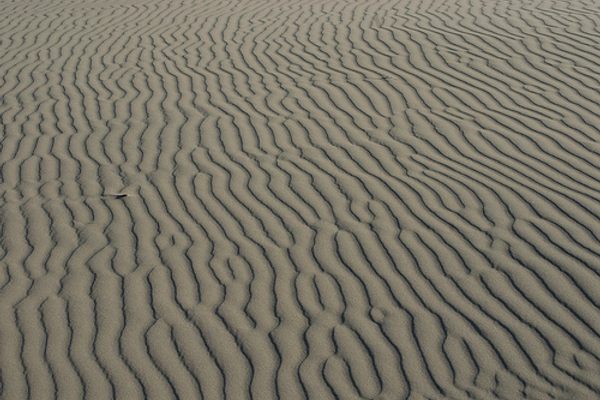



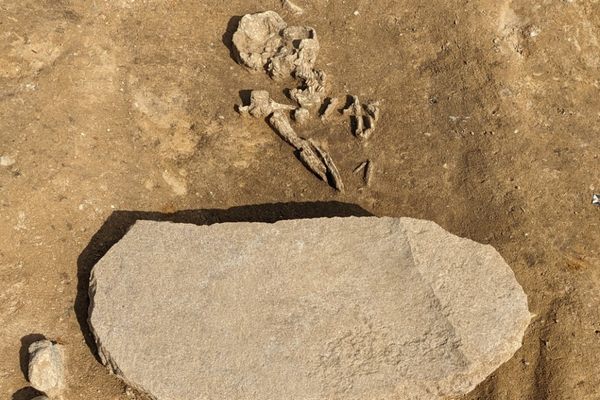

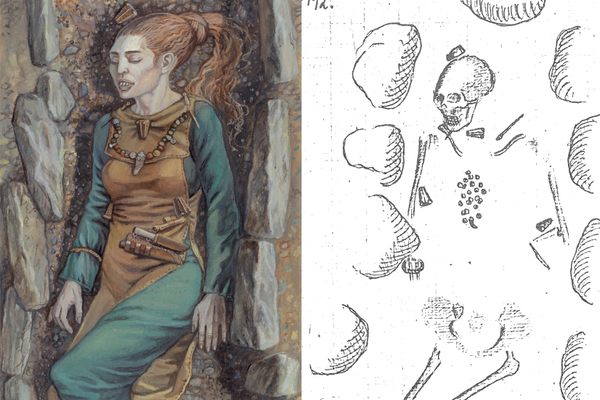






Follow us on Twitter to get the latest on the world's hidden wonders.
Like us on Facebook to get the latest on the world's hidden wonders.
Follow us on Twitter Like us on Facebook